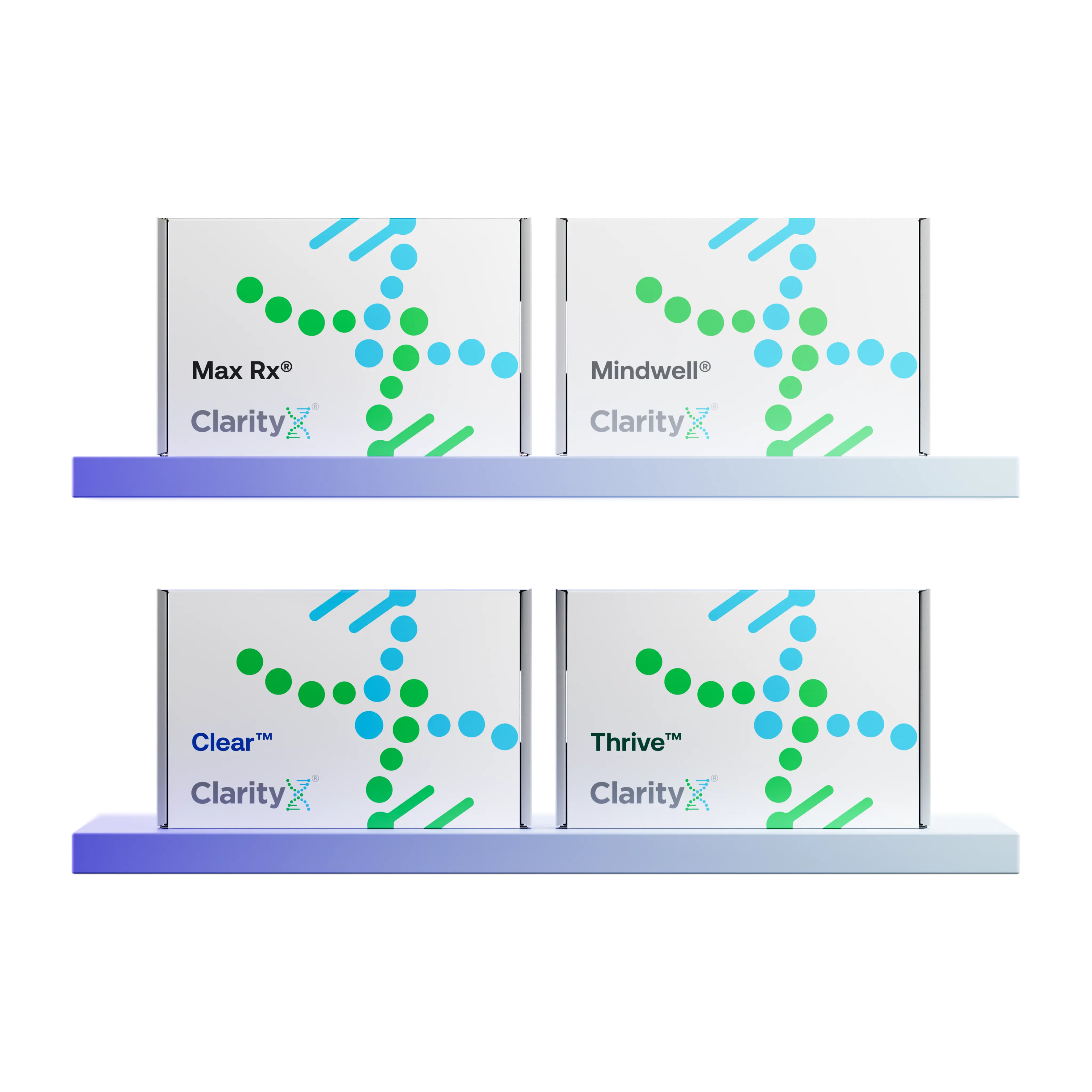Key Highlights
- Borderline personality disorder and bipolar disorder both involve mood instability but differ in triggers, symptoms, and treatment approaches.
- Bipolar disorder is marked by distinct mood episodes, including manic and depressive states, lasting days or weeks.
- In contrast, borderline personality disorder involves rapid mood shifts tied to interpersonal conflicts and emotional instability.
- Accurate diagnosis by mental health professionals is crucial due to overlapping symptoms.
- Effective treatments include mood stabilizers for bipolar disorder and dialectical behavior therapy for borderline personality disorder.
- Both conditions impact daily life and relationships, demanding tailored care for improved quality of life.
Introduction
Borderline personality disorder (BPD) and bipolar disorder are two distinct mental health conditions that can both cause significant mood swings and emotional distress. While their symptoms may appear similar on the surface, they are fundamentally different conditions that require unique diagnostic and treatment approaches.
Understanding these differences is essential for affected individuals and their loved ones. This guide will explore the key distinctions between BPD and bipolar disorder, dispel common myths, and offer guidance on finding the right treatment path. By gaining clarity, individuals can take meaningful steps toward better mental health, emotional stability, and overall well-being.
Understanding Mental Health Disorders in the United States
Mental health disorders are a significant and growing concern in the United States, affecting millions of people each year. Among these, borderline personality disorder and bipolar disorder are notable for their impact on mood stability and emotional experiences. While they share some overlapping symptoms, recognizing their unique features is crucial for an accurate diagnosis and effective care.
Many individuals with personality disorders like BPD often remain undiagnosed, largely due to persistent stigma and misunderstanding. In contrast, bipolar disorder has gained broader recognition as a mood disorder, which has led to more structured and accessible treatment options. Providing proper care for both conditions not only improves the mental health and quality of life of those affected but also supports the well-being of their families and communities.
The Importance of Accurate Diagnosis
An accurate diagnosis is the cornerstone of effective mental health treatment. To distinguish between BPD and bipolar disorder, mental health professionals use specialized assessment tools and closely examine symptom patterns and triggers. Bipolar disorder is defined by distinct mood episodes that occur in cycles, often without clear external causes. BPD, however, involves intense emotional reactions that are typically triggered by interpersonal stress or fear of abandonment.
Without a correct diagnosis, treatment may be ineffective, and symptoms can worsen over time. This underscores the importance of consulting with skilled mental health professionals who can provide the right guidance and support, ensuring individuals receive care tailored to their specific needs.
Common Misconceptions About BPD and Bipolar Disorder
Widespread misconceptions about borderline personality disorder and bipolar disorder often arise because the two conditions share symptoms like mood swings and impulsive behavior. This overlap leads many to believe they are the same.
However, the mood episodes in bipolar disorder tend to last for extended periods, while in BPD, emotional states can shift rapidly within hours or days. Another common misconception is attributing all intense emotions to one of these disorders, which overlooks the crucial differences that distinguish them.
Dispelling these myths is essential for reducing stigma and promoting mental health literacy. A better understanding of BPD, bipolar disorder, and other mental health conditions helps challenge outdated stereotypes and fosters greater empathy for those living with these challenges.
What is Borderline Personality Disorder (BPD)?
Borderline personality disorder is a complex mental health condition characterized by instability in moods, behaviors, self-image, and functioning. Individuals with BPD may experience intense emotions, a deep-seated fear of abandonment, and difficulty maintaining a stable sense of self. This personality disorder often complicates daily life and interpersonal relationships, as the fear of being left alone can lead to frantic efforts to avoid it, which can strain personal and professional connections.
Key Symptoms and Behavioral Patterns of BPD
Recognizing the symptoms of BPD is key to understanding its impact. The main signs of this personality disorder include:
- Unstable Relationships: A pattern of intense and turbulent relationships, often alternating between idealization and devaluation.
- Fear of Abandonment: A pervasive fear of being left alone, leading to frantic actions to prevent real or imagined separation.
- Impulsive Behaviors: Engaging in risky actions, such as excessive spending, substance abuse, or unsafe sex.
- Emotional Instability: Rapid and intense mood swings, often triggered by interpersonal stressors.
These behavioral patterns can disrupt one's personal life, family dynamics, and career. The constant emotional turmoil makes daily functioning a challenge, but with the right treatment, individuals can learn to manage their symptoms effectively.
How BPD Affects Relationships and Daily Life
Living with BPD can make social interactions incredibly challenging. The profound fear of abandonment can cause individuals to act in ways that, while intended to prevent being left, often push others away. This can manifest as aggression, defensiveness, or neediness, making it difficult to maintain stable and healthy interpersonal relationships.
In daily life, the emotional instability of BPD can make it hard to hold a job or manage routine tasks. The rapid and intense mood swings can lead to impulsive actions, including substance use or self-harm, which can significantly decrease one's quality of life.
However, with proper care, individuals with BPD can learn to manage their emotions and build healthier relationships. Effective treatment approaches focus on developing skills for emotional regulation, offering hope for a more stable and fulfilling life.
What is Bipolar Disorder?
Bipolar disorder, historically known as manic depression, is a mood disorder characterized by extreme shifts in mood, energy, and activity levels. Individuals with this condition experience distinct mood episodes that alternate between manic (or hypomanic) and depressive states. These episodes can last for weeks or even months at a time.
Mania is a period of abnormally elevated energy, racing thoughts, and reduced need for sleep, often accompanied by impulsive or risky behaviors. In contrast, depressive episodes involve prolonged sadness, hopelessness, and a loss of interest in daily activities. These dramatic fluctuations can severely impact a person's ability to function at work, at home, and in their relationships.
Treatment for bipolar disorder typically involves a combination of medication, such as mood stabilizers like lithium, and psychotherapy. This approach helps individuals manage their mood episodes and work toward long-term stability.
Types of Bipolar Disorder and Their Features
Bipolar disorder manifests in several forms, each with its own distinct characteristics.
Understanding these different presentations is crucial for an accurate diagnosis and effective treatment plan tailored to an individual’s specific needs.
Recognizing Signs and Mood Episodes in Bipolar Disorder
Identifying bipolar disorder involves recognizing the distinct patterns of its mood episodes. During periods of mania or hypomania, an individual may exhibit restlessness, racing thoughts, and an inflated sense of self-esteem. This can lead to impulsive and risky behaviors, such as substance abuse or reckless driving.
In contrast, depressive episodes are characterized by prolonged sadness, fatigue, and feelings of worthlessness. These emotional lows can be debilitating, sometimes leading to suicidal thoughts and an inability to perform daily tasks.
The cyclical nature of these mood episodes can disrupt a person's emotional stability, damaging their work and relationships. Early recognition of these signs is key to managing symptoms and improving quality of life.
Comparing BPD and Bipolar Disorder
At first glance, borderline personality disorder and bipolar disorder can appear similar, as both involve mood instability and impulsive behaviors. However, their underlying causes and clinical presentations are distinct.
Bipolar disorder is characterized by cyclical mood episodes, whereas BPD involves more immediate emotional reactions to interpersonal stressors. The triggers, duration, and nature of the mood shifts are different in each condition, highlighting the importance of a proper diagnosis for effective treatment.
Differences in Symptoms and Mood Changes
Although both BPD and bipolar disorder involve mood instability, the nature of these shifts is a key differentiator. In BPD, intense emotional reactions are typically triggered by interpersonal conflicts or fears of abandonment. These mood swings are often rapid, shifting from one intense emotion to another in a short period, and are directly tied to external events.
In contrast, the mood swings in bipolar disorder—mania and depression—are more sustained, lasting for days, weeks, or even months. These episodes often occur in a cyclical pattern and are not necessarily triggered by life events. While stress can sometimes precede an episode, the mood shifts in bipolar disorder can also arise without any clear external cause.
Variations in Onset, Duration, and Triggers
BPD often begins to manifest in early adulthood and is frequently associated with a history of childhood trauma or abuse. The mood episodes in BPD are typically short-lived and are often reactive to interpersonal stress or life challenges.
Bipolar disorder also tends to emerge during the late teens or early adulthood but is more strongly linked to genetic predispositions and brain structure. The mood episodes in bipolar disorder are longer in duration, lasting for days or weeks at a time, and can occur without any obvious trigger. Understanding these differences in onset, duration, and triggers is essential for providing care that is tailored to the individual's specific condition.
Diagnosing BPD vs. Bipolar Disorder
An accurate diagnosis of BPD or bipolar disorder relies on a careful and comprehensive assessment by mental health professionals. They evaluate mood patterns, identify triggers, and review the individual's psychological history. Due to the overlap in symptoms, misdiagnosis is not uncommon. However, a proper diagnosis is crucial for ensuring that the person receives the most effective treatment for their specific needs.
Diagnostic Criteria and Assessment Tools
To differentiate between BPD and bipolar disorder, mental health professionals conduct detailed evaluations based on standardized diagnostic criteria. They use tools such as structured clinical interviews and psychological assessments to analyze mood patterns, behaviors, and potential triggers.
In diagnosing BPD, the focus is often on interpersonal difficulties, emotional reactivity, and a persistent fear of abandonment. For bipolar disorder, clinicians look for distinct patterns of manic or hypomanic episodes alternating with prolonged periods of depression. Access to quality mental health care is essential, as it ensures an accurate diagnosis and a personalized treatment plan, giving individuals a stronger foundation for long-term stability.
Risks and Consequences of Misdiagnosis
Confusing BPD with bipolar disorder can lead to significant problems. An incorrect treatment plan can not only be ineffective but may also worsen symptoms. For example, prescribing mood stabilizers to an individual with BPD may not address the underlying emotional dysregulation. Conversely, failing to provide medication to someone with bipolar disorder can result in uncontrolled manic episodes.
In severe cases, misdiagnosis can increase the risk of self-harm or suicidal thoughts. This is why it is critical for mental health professionals to accurately differentiate between these two conditions, thereby reducing risks and providing the appropriate support. A proper diagnosis is the first step toward a positive outcome and a better quality of life.
Treatment Approaches for BPD and Bipolar Disorder
The treatment methods for BPD and bipolar disorder are distinct, each requiring an approach tailored to its specific characteristics. Bipolar disorder is primarily managed with mood-stabilizing medications and psychotherapy to help control mood episodes. BPD, on the other hand, is best treated with specialized forms of therapy, such as Dialectical Behavior Therapy (DBT), which focuses on building skills for emotional regulation. Both conditions benefit from personalized care plans that are crucial for effective management and an improved quality of life.
Therapy and Medication Options
Several therapeutic and pharmacological approaches are used to manage BPD and bipolar disorder:
- Dialectical Behavior Therapy (DBT): This is the gold-standard treatment for BPD. It teaches skills for emotional regulation, distress tolerance, and interpersonal effectiveness.
- Cognitive Behavioral Therapy (CBT): CBT can be beneficial for both conditions, helping to identify and change negative thought patterns and behaviors.
- Mood Stabilizers: These medications are the cornerstone of treatment for bipolar disorder, helping to control the extreme highs of mania and the lows of depression.
- Antipsychotics: These may be prescribed for bipolar disorder to manage severe symptoms, such as psychosis, during a manic episode.
Combining therapy with medication often yields the best results, addressing the unique needs presented by each condition.
Support Systems and Lifestyle Strategies
Building strong support systems and adopting healthy lifestyle habits are crucial for managing both BPD and bipolar disorder. Support from trusted friends, mental health professionals, and therapy groups can help individuals feel less isolated and more understood.
Lifestyle modifications are also highly beneficial. Maintaining a consistent sleep schedule, eating balanced meals, and managing stress effectively can help prevent symptoms from worsening. Practices like mindfulness and relaxation techniques can improve emotional regulation and promote mental stability. Integrating these strategies into daily life can enhance overall well-being and reduce the likelihood of relapse for both conditions.
Conclusion
Understanding the key differences between borderline personality disorder (BPD) and bipolar disorder is essential for accurate diagnosis and effective treatment. While each condition requires its own tailored approach—therapy-focused for BPD and medication-based for bipolar—getting the treatment right from the start is critical.
Pharmacogenetic testing can play a valuable role in this process by identifying how your body responds to certain psychiatric medications, helping mental health professionals choose the most effective and well-tolerated options. Personalized treatment based on your genetic profile can lead to better symptom control, fewer side effects, and improved overall mental health outcomes. Learn more by visiting Clarityxdna.com
Frequently Asked Questions
Can someone have both BPD and Bipolar Disorder at the same time? Yes, it is possible for an individual to be diagnosed with both BPD and bipolar disorder, although this co-occurrence is not common. In such cases, a careful and comprehensive treatment plan from mental health professionals is required to address the symptoms of both conditions effectively.
How can you tell the difference between BPD and Bipolar Disorder? The primary difference lies in the nature and triggers of the mood swings. Bipolar disorder is characterized by sustained periods of mania (or hypomania) and depression that often occur in cycles and may not have an external trigger. In contrast, the mood shifts in BPD are typically rapid, intense, and reactive to interpersonal stressors or fear of abandonment.
Is one disorder more severe or dangerous than the other? Both disorders can be severe and carry significant risks if left untreated. The extreme mood episodes of bipolar disorder can be highly disruptive, while the impulsivity and emotional instability of BPD can severely impact relationships. Both conditions are associated with an increased risk of self-harm and suicidal thoughts, making proper treatment essential.
What causes BPD and Bipolar Disorder? The causes are complex and differ for each condition. Bipolar disorder has a strong genetic component and is linked to brain structure and chemistry. BPD is more often associated with environmental factors, such as childhood trauma and insecure attachment, though biological factors can also play a role.
Who should I contact if I think I have BPD or Bipolar Disorder? If you suspect you may have either BPD or bipolar disorder, it is important to consult a healthcare provider or a mental health professional. They can conduct a thorough evaluation, provide an accurate diagnosis, and work with you to create an effective treatment plan to manage your symptoms.
References:
-https://www.mayoclinic.org/diseases-conditions/borderline-personality-disorder/symptoms-causes/syc-20370237 -https://www.mayoclinic.org/diseases-conditions/bipolar-disorder/symptoms-causes/syc-20355955 -https://my.clevelandclinic.org/health/diseases/21603-mania> -https://www.nimh.nih.gov/health/statistics/major-depression -https://my.clevelandclinic.org/health/diseases/21774-hypomania -https://my.clevelandclinic.org/health/articles/mood-stabilizers -https://my.clevelandclinic.org/health/treatments/24692-antipsychotic-medications






